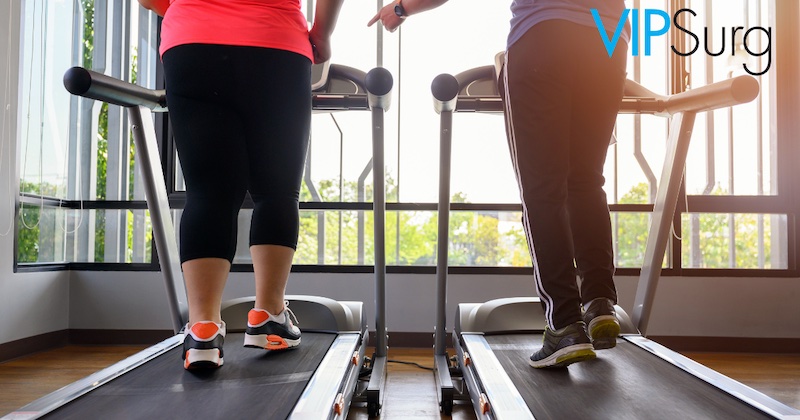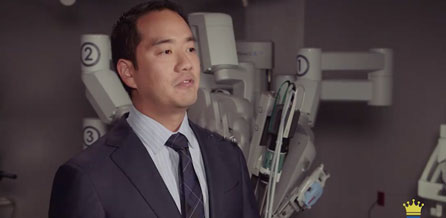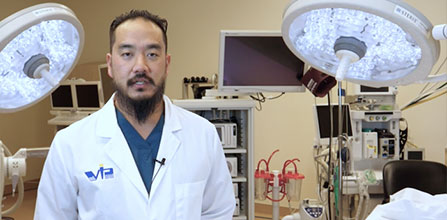How to Run After Bariatric Surgery
It may seem obvious but running after bariatric surgery is not as simple as tying up those laces and bolting down the street. Immediately after bariatric surgery, you will not have lost a significant amount of weight and your excess body weight will still be putting significant pressure on your joints. This is especially true in the knee and ankle joints which take the brunt of the force when you run.

Over time, of course, much of this weight will disappear and it will be easier and safer for you to run.
Even when you are able to start a running regimen, you have to be mindful of a few things. First, if you were suffering from osteoarthritis or joint dysfunction before surgery, running is probably not an ideal option for you, even if you are feeling good after your procedure. This can be discussed with an orthopedic surgeon to understand the condition your joints are in as well as what you should and shouldn’t do. If you are then cleared to begin running, you will want to follow the next few tips…
- Start slow. The biggest impediment to a long-term successful running regimen is trying to run too far, too fast. This usually leads to injury. Whether it is minor or significant, running injuries can sideline you for several weeks or even more.
- Second is making sure you run on proper surfaces. Concrete and asphalt can cause a lot of repeated force on the joints. As such, running on softer surfaces may be a better option. Running on grass is always good, however be careful of unevenness, which can cause you to twist an ankle. You may also want to consider running on the beach. Not only is this much less impactful on your joints but running in the sand improves muscle tone and calorie burn versus running on hard surfaces.
- Wearing the right running shoes is critically important. As your shoes begin to wear down, they throw off your posture and gait. The result can be injury or at very least discomfort which could get worse with repetitive motions. You would be surprised at how quickly a running shoe will become unusable. Change your shoes about every 500 miles of running.
- Lastly, the way you run is also important. This is known as your gate. Your gate could be evaluated by a running specialist who can help you with proper posture and form. Proper form reduces the risk of ankle or leg injury and allows you to run faster and longer
Running can be good exercise for some bariatric patients. More importantly running properly can significantly reduce the number and severity of injuries after weight loss surgery.



